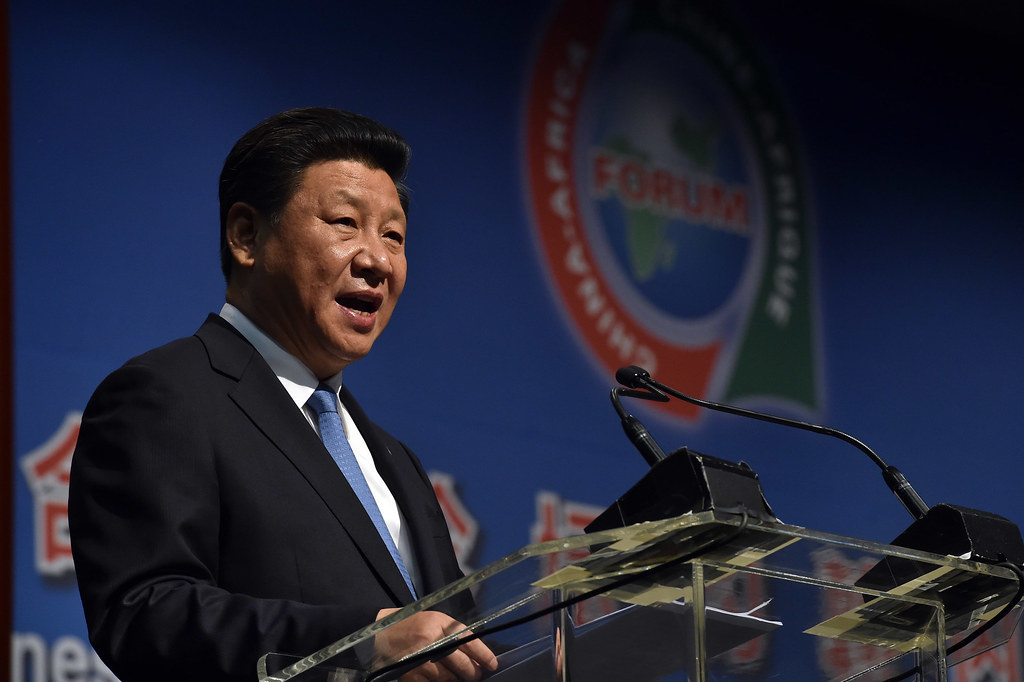Sovereign Debt at Square One

CAMBRIDGE – Argentina and its bankers have been barred from making payments to fulfill debt-restructuring agreements reached with the country’s creditors, unless the 7% of creditors who rejected the agreements are paid in full – a judgment that is likely to stick, now that the US Supreme Court has upheld it. Though it is hard to cry for Argentina, the ruling in favor of the holdouts is bad news for the global financial system and sets back the evolution of the international regime for restructuring sovereign debt.
Why is it so hard to feel sympathy for a developing country that can’t pay its debts? For starters, in 2001, Argentina unilaterally defaulted on its entire $100 billion debt, an unusual step, rather than negotiating new terms with its creditors. When, in 2005, the government finally got around to negotiating a debt swap, it could almost dictate the terms – a 70% “haircut.”
In the intervening decade, President Cristina Fernández de Kirchner and her late husband and predecessor, Néstor Kirchner, have pursued a variety of spectacularly bad economic policies. The independence of the central bank and the statistical agency have been severely compromised, with Fernández forcing the adoption, for example, of a consumer price index that grossly understates the inflation rate. Contracts have been violated and foreign-owned companies have been nationalized. And when soaring global prices for Argentina’s leading agricultural commodities provided a golden opportunity to boost output and raise chronically insufficient foreign-currency earnings, Fernández imposed heavy tariffs and quotas on exports of soy, wheat, and beef.
Some might counter that the holdout hedge funds that sued Argentina deserve no sympathy, either. Many are called “vulture funds” because they bought the debt at a steep discount from the original creditors, hoping to profit subsequently through court decisions.
But the problem with the Argentine debt case has little to do with the moral failings of either the plaintiffs or the defendant. The problem is the precedent that the case establishes for resolving future international debt crises.
The most common reaction to the recent rulings is pro-holdout. After all, the judge is only enforcing the legal contract embodied in the original bonds, isn’t he? As President Calvin Coolidge supposedly said of the American loans to the World War I allies, “They hired the money, didn’t they?”
If only the world were so simple. If only a regime of consistent enforcement of all loan contracts’ explicit terms were sufficiently practical to be worth pursuing. But we have long since recognized the need for procedures to rewrite the terms of debt contracts under extreme circumstances.
The British Joint Stock Companies Act of 1856, for example, established the principle of limited liability for corporations. Indentured servitude and debtors’ prisons have also been illegal since the nineteenth century. And individuals and corporations can declare bankruptcy. There will always be times when it is impossible for a debtor to pay.
As for corporate bankruptcy, it is recognized that a poor legal system is one that keeps otherwise viable factories shuttered while assets are frittered away in expensive legal wrangling, leaving everyone – managers, workers, and shareholders – worse off. A good legal system permits employment and production to continue in cases where the economic activity is still viable; divides up the remaining assets in an orderly and generally accepted way; and makes these determinations as efficiently and speedily as possible, while discouraging future carelessness by imposing costs on managers, shareholders, and – if necessary – creditors.
No such body of law exists at the international level. Some believe that this vacuum is the primary difficulty with the international debt system. Ambitious proposals to redress it, such as a Sovereign Debt Restructuring Mechanism (SDRM) housed at the International Monetary Fund, have always run into political roadblocks.
But incremental steps had been slowly moving the system in the right direction since the 1980s. In the international debt crisis that began in 1982, IMF country adjustment programs went hand in hand with “bailing in” creditor banks through “voluntary” coordinated loan rollovers. Eventually, it was recognized that a debt overhang was inhibiting investment and growth in Latin America, to the detriment of debtors and creditors alike.
Subsequent programs to deal with emerging-market crises featured an analogous combination of country adjustment and “private sector involvement.” Voluntary debt exchanges worked, roughly speaking, with investors accepting haircuts.
After Argentina’s unilateral default in 2001, many investors saw more clearly the need to allow explicitly for less drastic alternatives ahead of time, and so incorporated so-called “collective action clauses” into debt contracts. If the borrower runs into trouble, CACs make it possible to restructure debt with the agreement of a substantial majority of creditors (usually around 70%). The minority is then bound by the agreement.
Such incremental steps gave rise to a loose system of debt restructuring. To be sure, it still had many deficiencies. Restructuring often came too late and provided too little relief to restore debt sustainability. But it worked, more or less. By contrast, the US court rulings’ indulgence of a parochial instinct to enforce written contracts will undermine the possibility of negotiated re-structuring in future debt crises.
Time will run out for Argentina at the end of July. Unable to pay all of its debts, perhaps it will be forced to default on all of them. The more likely outcome is that it will manage to come to some accommodation that the holdouts find more attractive than the deal accepted by the other creditors. Either way, future voluntary debt-workout agreements have just become more difficult to reach, which will leave debtors and creditors alike worse off.
Jeffrey Frankel is Professor of Capital Formation and Growth at Harvard University.
Copyright: ProjectSyndicate, 2014.
www.project–syndicate.org
Image credit: Shutterstock





